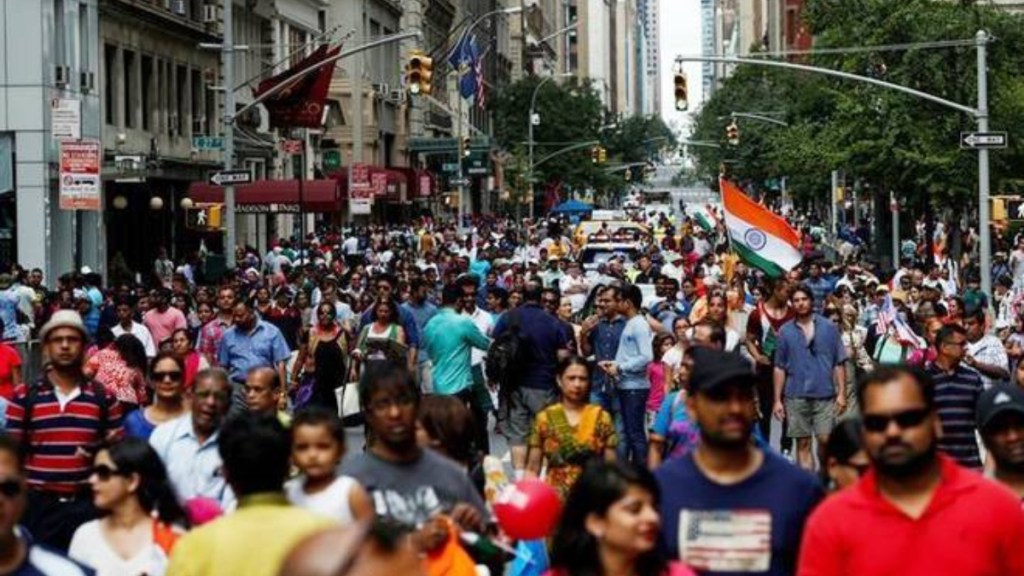By Siddharth Pai
I have written about the tech industry and its employment market before and addressed various aspects of it—the coveted “H1-B” visa for foreign (read largely Indian) workers in the United States, the Indian labour market, and the erosion of various areas of the computer programming profession by relentless automation of older technologies.
After lacklustre results from India’s major information technology (IT) majors such as HCL, Infosys, Wipro and TCS, the Financial Express reported on October 15 that Infosys, which hired more than 50,000 freshers last year, has made it clear that it will not be conducting campus recruitment this time. In addition, according to this newspaper, leading IT companies reported a notable decline in their employee numbers, totaling a significant reduction of 15,800 employees on a cumulative basis.
Meanwhile, the US is on a different trajectory—possibly far worse than anything that we are seeing in India. According to a site that tracks the reductions in force at tech companies, over 400,000 workers were laid off in 2022 and 2023 (layoffs.fyi).
After the cuts began, tech job-seekers there are still facing a tough market, fighting for a smaller number of spots in a job sector that was considered bulletproof. And for Indian techies on H1-B visas in the US, the promise of living in the land of milk and honey, at least for a while.
I say “at least a while” since even the US’s own Congressional Research Service reports that it is well-nigh impossible for an Indian born holder of an H1-B visa to procure a green card (permanent resident status), even if they have passed all the US department of labor’s tests attesting that they in fact bring unique skills to the US which neither local citizens nor permanent residents. The Congressional Research Service says that would have to wait for 195 years (bit.ly/46xR62H).
BigTech companies like Meta, Google and Amazon have cuts tens of thousands of jobs. But unsurprisingly, there is one type of worker that is by far the one that has been most unfairly treated by the recent turn of events, and that is the Indian worker who is on an H1-B work visa in America.
Mass tech layoffs have left hundreds of workers living in the US on temporary H1-B visas with little time to find another job, without which they will have to leave the country.
Amazon, Lyft, Meta, Salesforce, Stripe and Twitter have sponsored at least 45,000 H-1B workers in 2020, 2021, and 2022 according to a Bloomberg analysis (bloom.bg/3RWYwbz) of data from US Citizenship and Immigration Services.
Bloomberg’s analysis, which includes data from SEC filings and from US Citizenship and Immigration Services, indicates that quite a large proportion of BigTech companies’ global workforce is comprised of H1-B visa holders. For instance, in both Twitter and Amazon’s case, 9% of global workers are on H1-B visas and in Meta’s (Facebook’s) case it is 11% of global workers.
Note that these are percentages of each company’s global workforce—if the denominator was each company’s American workforce, where all H1-B workers are located, these percentages would be significantly higher.
Bloomberg says the layoffs have had an especially big impact on Indians, who tend to be on temporary visas longer than other foreign groups because of backlogs in getting permanent residency.
Many Indians with H-1B visas have been living in the US for years, awaiting permanent residency (the coveted ‘green card’). Maybe some hope that the 195-year wait may be shortened—or that they stand a chance of being alive and kicking when they are called in for a green card interview in the year 2218. The fact that their job itself may be automated long before that seems lost on them.
Many of these H1-B workers been in the US for so long now that they have home mortgages, student loans and children in school. In other words, they behave like the normal Americans, but have no recourse to stay in the US should they lose their jobs. If they are unable to find another company to hire them and sponsor their H1-B visa within 60 days, they stand the risk of being packed off.
But now, there is startling information in Fortune that 90% of laid-off H1-B workers were able to find a job against the odds (bit.ly/3PWiaBN). The article suggests that “Tech jobs remain highly prevalent outside of tech companies. In this way, the stars aligned for laid-off tech workers on H-1B visas, as one door closed, many others were sitting open. In fact, compared to native workers, immigrants found work 10 days faster, largely because with so much at stake, they were more likely to move states for a new job.”
I find this very hard to believe. The author only proffers data from his own company’s research to back his conclusions. Unsurprisingly, the author is the CEO of a firm that tracks and sells workplace data.
He does however sign off by saying that “When we can’t hire and retain the top non-native talent, we hand global competitors what used to be America’s greatest edge. The tangled web of US immigration policy is many reforms away from serving our best economic interest.”
All this is fine, but the human cost of being summarily expelled on someone who has spent years in putting down roots in the US is hard to imagine. The rule tying these so-called “highly skilled” workers to just one employer lays the ground for all sorts of worker abuse, economic and otherwise.
The writer is a technology consultant and venture capitalist.
Views are personal.

